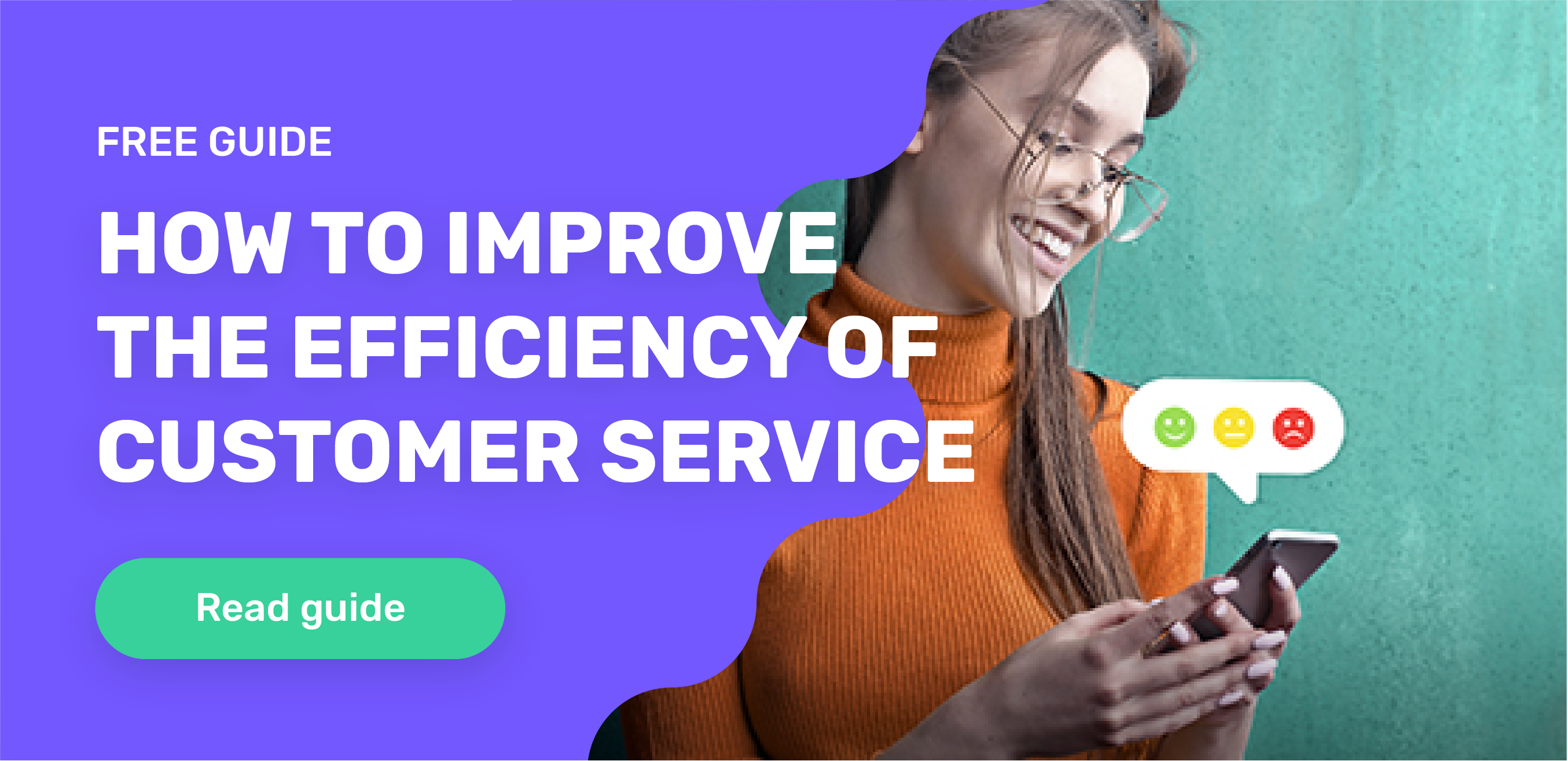
Live chat is five times more effective than traditional customer service channels.
It can also be easily personalised, and it can be applied at any stage of the customer journey. You might wonder how exactly this is done?
Now that you know what is live chat, Let’s have a look at how to implement live chat throughout the journey.
4 Ways to implement Live chat in different stages of the customer journey
Improving your customer journey experience will help boost your customer satisfaction, brand image and other customer service metrics.
In this blog, we share how live chat can maximise customer service efficiency at each stage: Awareness, consideration, decision and delight.
So let's get to it!
1. Offer real-time chat
If we start by looking at the awareness stage, you might wonder how a live chat could possibly help someone who has only just realised they have a problem that needs solving?
Let’s say an individual just decided that they need a new coat for autumn or a bigger car. It’s SEO, ads, online presence and content that bring these potential customers to your site over your competitors.
But perhaps your existing happy customers have recommended you to their friends, because of your amazing service. When this person visits your page you are given the chance to deliver your best customer service by providing real-time support and additional information about products.
2. Utilize a targeted live chat
Moving onwards to the consideration stage the chat already has a lot of possibility to impact.
A first-time visitor on your site is much more likely to interact if they are sent an automated greeting message or a targeted marketing action.
Sometimes it’s enough for the customer to see that you're available, just like in real-life situations. As an example, let’s say that you have an online shop, and someone enters your site for the first time.
This person is unlikely to call you to ask for delivery times or when size 6 will be back in stock. However, if they are able to get an answer in real-time without even leaving the web page, it will make all the difference.
And let’s not forget that live chat is the biggest lead generator for many B2B companies. The importance of being available to a potential customer when they are actively looking for a solution to their problem, in the right state of mind and interested in what you have to offer could not be highlighted enough. It’s all about timing.
3. Use live chat to drive conversion
Live chat plays the biggest role in the decision stage. Let’s stick with our online shop example, and say that the customer is about to buy the coat, it's in their basket, but they are hesitating.
Just like in a real-life situation, sometimes all they might need is a small nudge before making the purchase, or maybe you could offer free shipping to guarantee the buy?
Don't leave the faith of the purchase in the hands of someone else or wait around for your visitor to possibly contact you, be there and ensure the buy and a great experience.
4. Provide personalized chat
And finally, don’t we all want to delight our customers leaving them as satisfied promoters of our brand?
In this customer journey stage, personalised service plays a huge role. If your customer wants to give some feedback, whether they are satisfied with their new coat or not, what’s a more convenient way to do that than through live chat?
Chat is also an easy way for customers to deal with issues such as a missing part from the newly delivered sofa, or asking for extra instructions.
If you'd like to continue reading more about this topic, check out our article on live chat best practices and how to execute them!
Speed and customer service efficiency matter
In fact, a Salesforce study shows that 34% of millennials would rather get their teeth cleaned at the dentist than wait in line for customer service. We feel your pain, and therefore it's essential to have a live chat solution that fits today’s hectic world and meets the growing expectations of customers.
On average, customer service agents using giosg Live Chat can manage up to 7 chat conversations simultaneously, whereas they can only handle one phone call or email at a time.
By focusing on chat conversations, your resources are channelled more effectively and you serve your customers in the best way possible.
Interested in reading more about optimising your customer service efficiency? Check out our guide!
